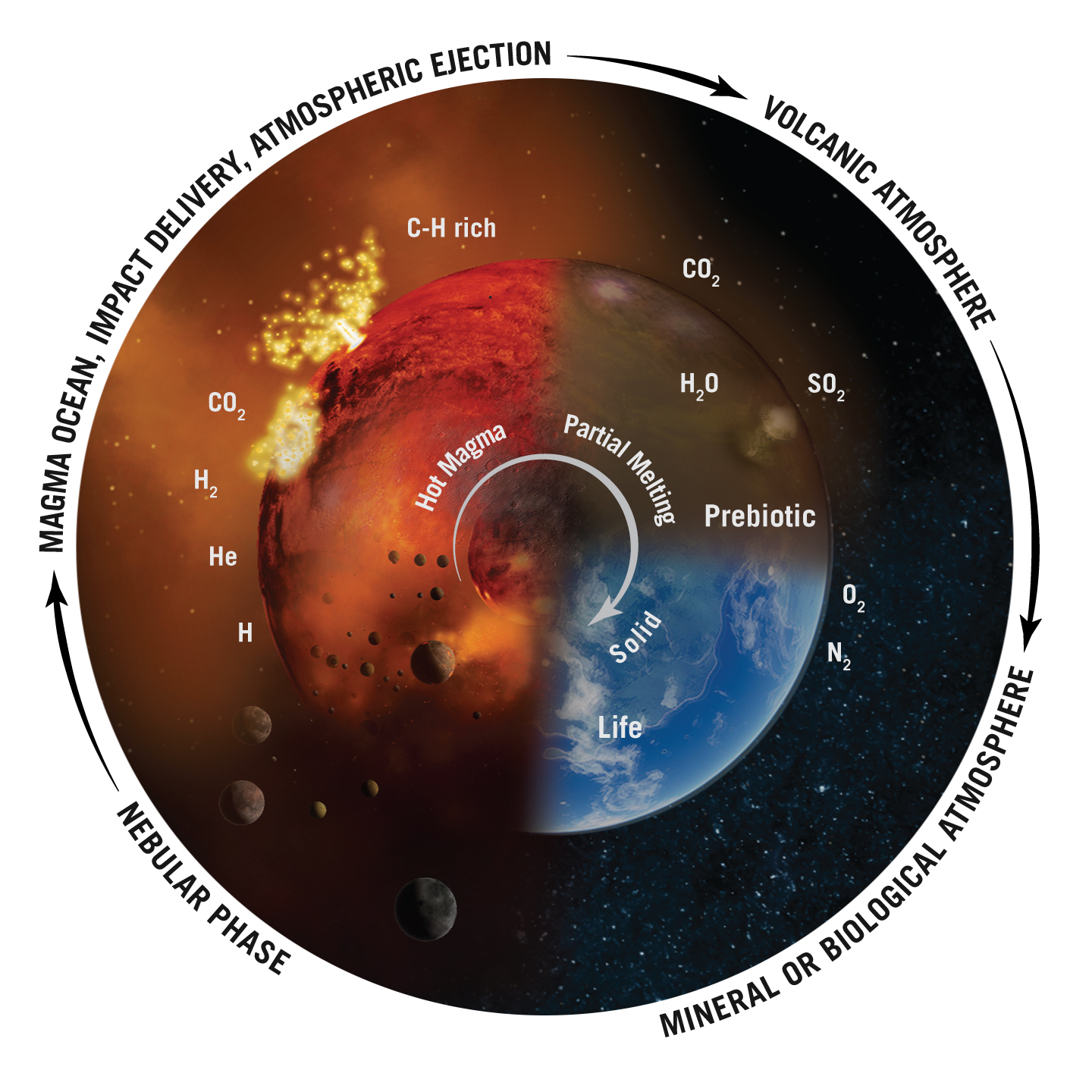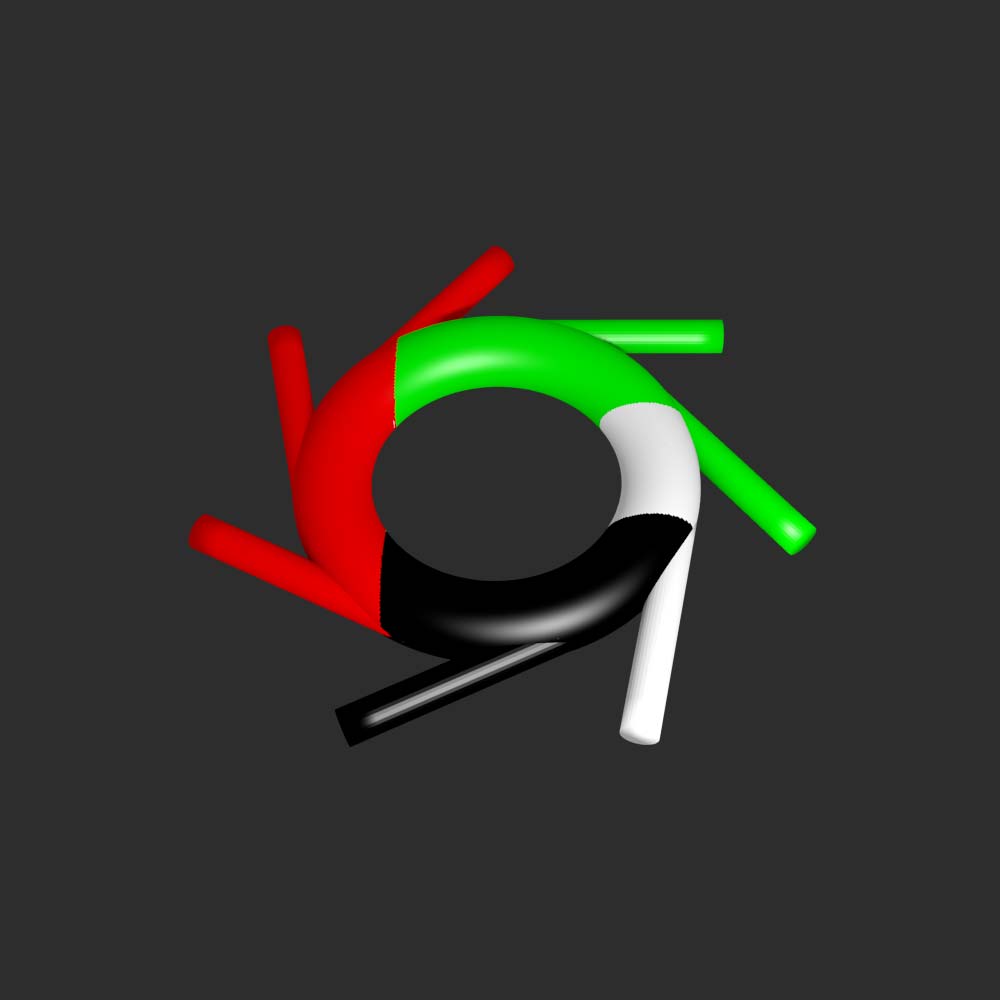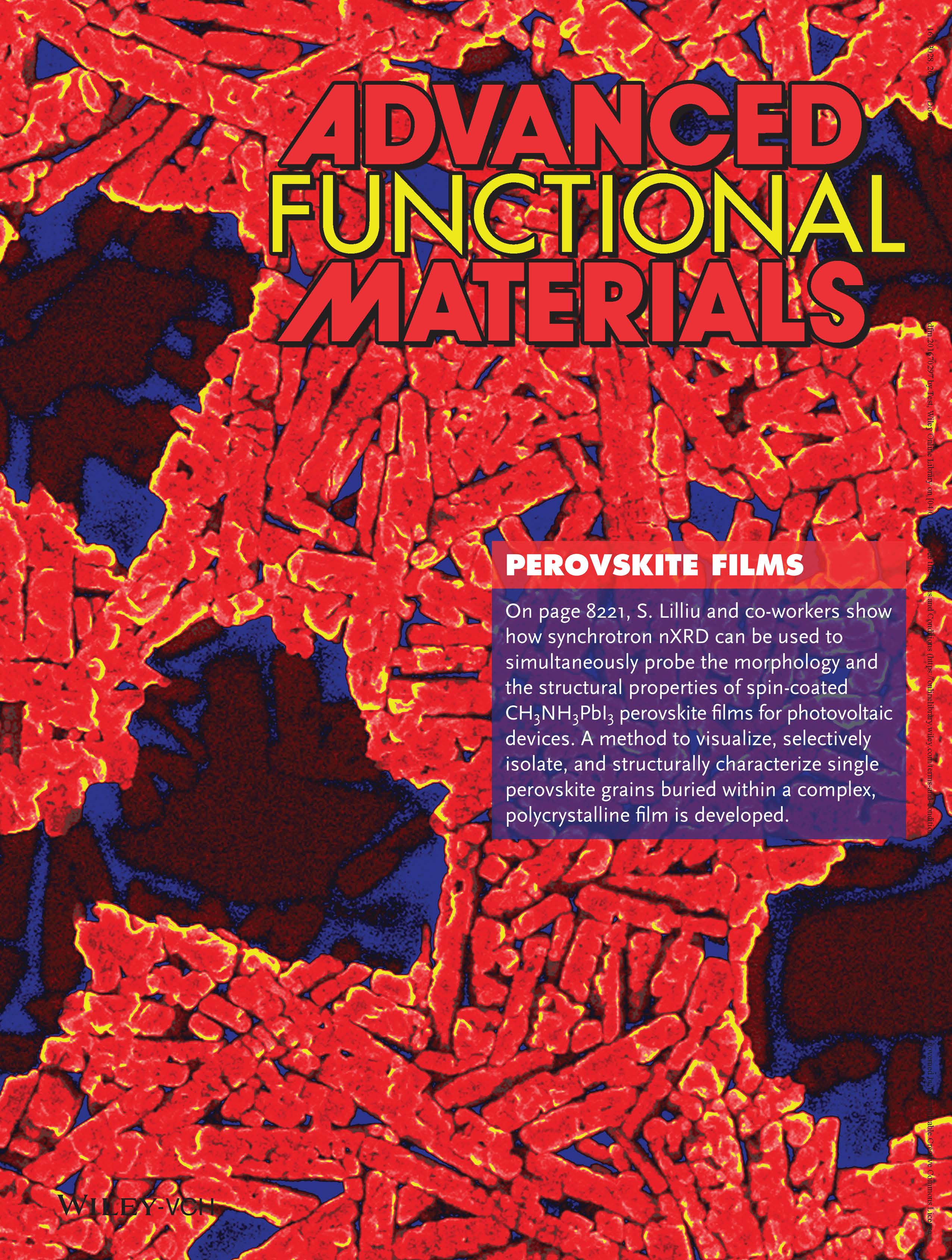Illustrations
Illustrations
Unravelling Complexities: The Role of Scientific Illustrations
Marrying the intricate world of science with artistic flair, scientific illustrations serve as a beacon, guiding the masses through dense scientific terrains. These visuals aren’t merely aesthetic enhancements; they demystify, elucidate, and serve as a conduit for understanding.
The Significance of Visual Science
In the vast landscape of scientific knowledge, conveying multifaceted concepts to a wider audience can be a daunting task. Scientific illustrations rise to the challenge, offering a visual reprieve. They’re widely used across scientific publications, academic textbooks, online resources, and various digital platforms, aiding in the seamless translation of elaborate ideas.
Their contribution is priceless. Instead of mere decorative pieces, they provide a vivid lexicon, translating hard-to-grasp scientific nuances into an accessible format. The beauty lies in their ability to represent abstract ideas visually, enhancing comprehension and memory retention.
The Expertise of Bullaki: Where Science Meets Art
Navigating both the worlds of science and art with finesse is a rare feat. That’s where Bullaki steps in. Our brigade of illustrators, grounded in scientific expertise, promises not only precision but also an aesthetic allure in their creations.
Here’s a glimpse of our methodical approach:
Pre-production: Our journey begins with an in-depth exploration of your topic. We delve into scientific texts and, when needed, engage with domain specialists. Together, we outline your vision and goals for the illustration, ensuring alignment at every step.
Production: Equipped with insights and your inputs, we pinpoint the ideal medium. The ensuing illustrations are crafted with diligence, guaranteeing an accurate portrayal of scientific elements and clear annotations for swift comprehension.
Post-production: Post initial draft, our focus shifts to refinement. Rigorous checks for both scientific verity and artistic excellence are performed. Feedback is cherished, guiding our revisions. Our aim? To not just meet but exceed your expectations.
Why Choose Bullaki?
Opting for Bullaki is to choose unparalleled excellence. Our distinctive fusion of scientific prowess and artistic brilliance guarantees illustrations that captivate and educate. Our meticulousness, unwavering commitment to truthfulness, and passion for client contentment set us apart. With Bullaki by your side, trust in visuals that convey your intricate scientific narratives with innovation, clarity, and charm.
Our Illustrations

Learn More: Leverhulme Grant Proposal

Learn More: Cambridge University Emirati Society

Learn More: UAE Centre for Crystallography

Learn More: AFM Cover Page

Learn More: UAE Synchrotron Association